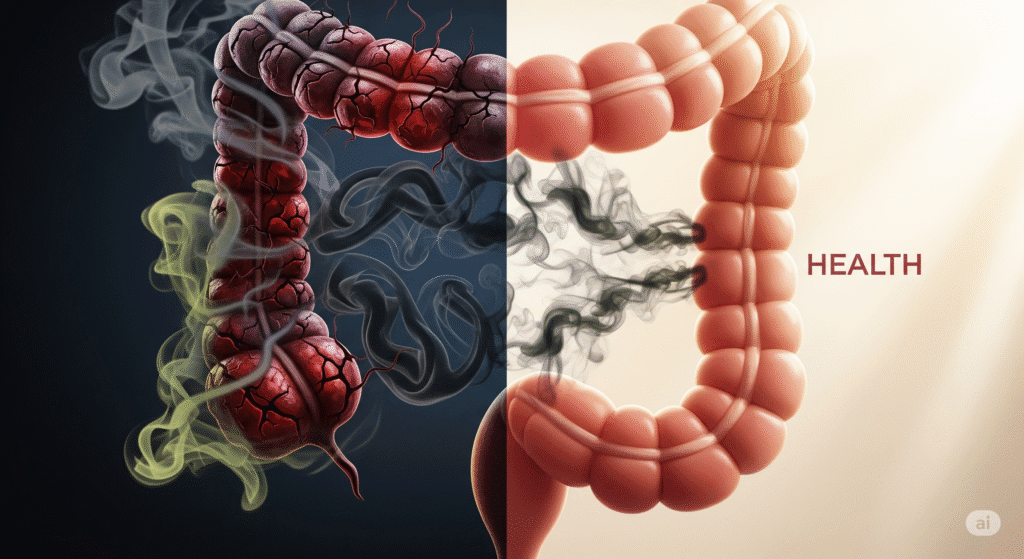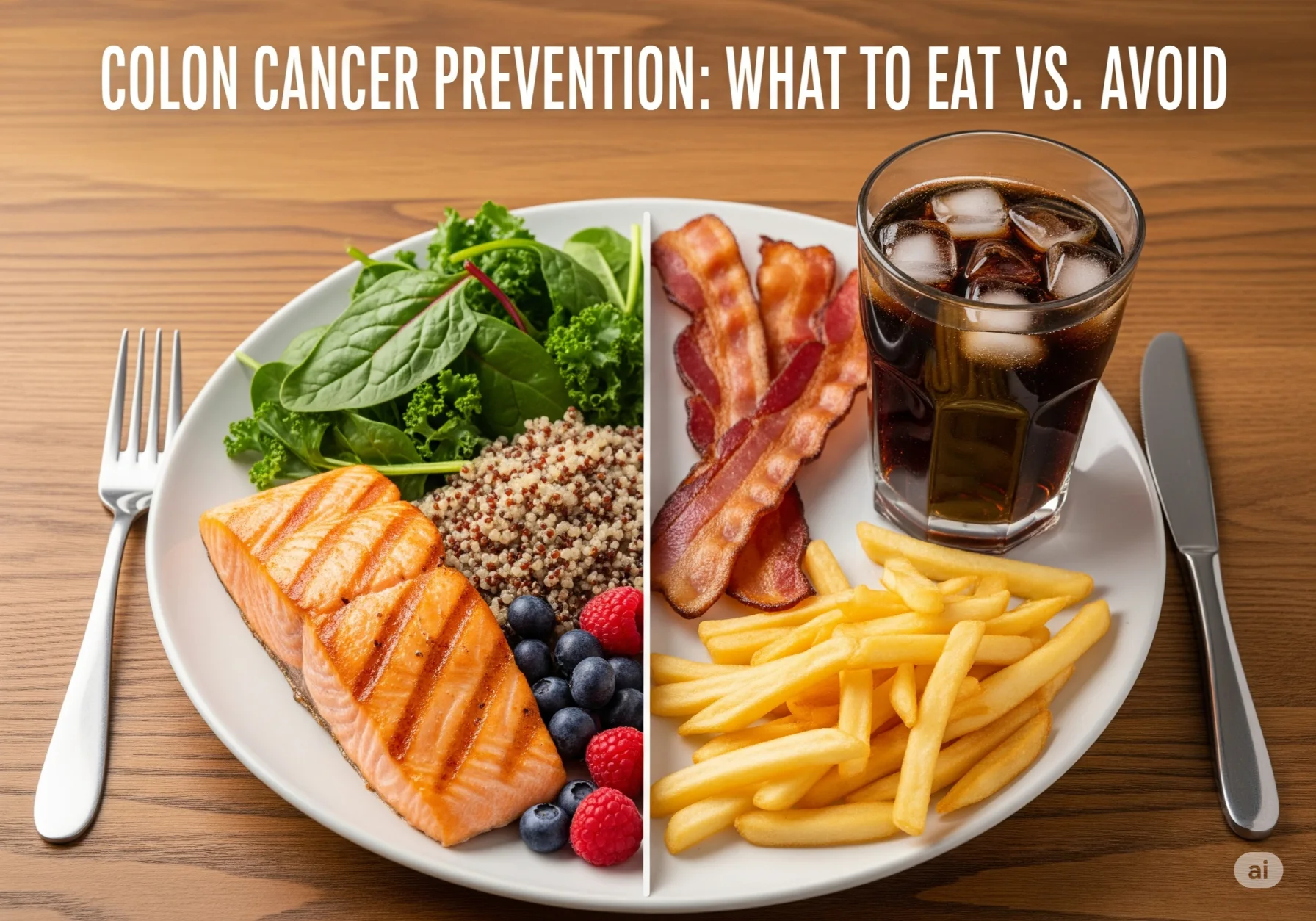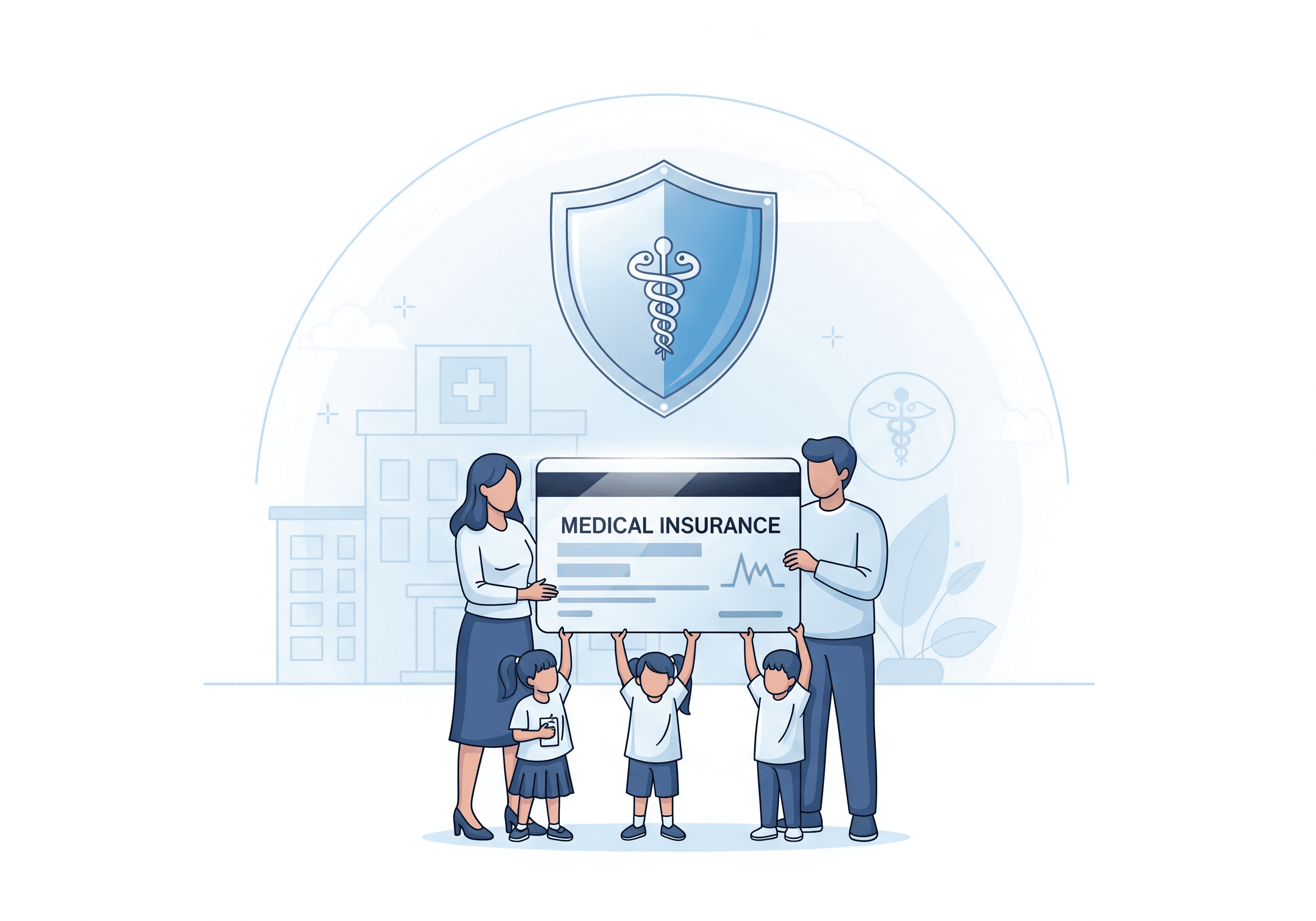Colon cancer – the words alone can strike fear. As the third most common cancer worldwide and a leading cause of cancer death, its shadow looms large. Yet, here’s the powerful, often underappreciated truth: colon cancer is one of the most preventable major cancers. A staggering 50-60% of cases are linked to modifiable lifestyle factors and screening. This isn’t just about luck; it’s about deliberate, empowered action. Consider this your comprehensive 2000-word battle plan to fortify your defenses and drastically reduce your risk.
Understanding the Enemy: Colon Cancer Basics
Before building defenses, know the adversary. Colon cancer (often grouped with rectal cancer as colorectal cancer) typically begins as benign growths called polyps on the inner lining of the colon or rectum. Over years, some polyps (particularly adenomas) can transform into cancer. The slow progression from polyp to cancer is our greatest strategic advantage – it creates a window for early detection and removal before cancer develops or spreads.
Risk Factors: The Vulnerabilities
Risk factors fall into two categories:
1. Non-Modifiable (The Terrain): These you cannot change, but knowing them heightens vigilance.
- Age: Risk increases significantly after 50. However, concerning rises in younger adults (<50) mean awareness is crucial at all ages.
- Personal History: A history of adenomatous polyps or inflammatory bowel disease (IBD: Crohn’s disease or ulcerative colitis) increases risk.
- Family History: Having a first-degree relative (parent, sibling, child) with colon cancer or advanced polyps raises your risk. Genetic syndromes (e.g., Lynch syndrome, FAP) confer a very high risk but are rare.
- Race/Ethnicity: African Americans have the highest incidence and mortality rates in the US. Ashkenazi Jewish descent carries higher risk for certain genetic mutations.
2. Modifiable (The Breaches You Can Seal):This is your primary battlefield.
- Diet: Low in fiber, high in red/processed meats, low in fruits/vegetables.
- Physical Inactivity: Sedentary lifestyle.
- Obesity: Especially excess abdominal fat.
- Smoking: A major risk factor for many cancers, including colon.
- Heavy Alcohol Consumption: Particularly regular, high intake.
- Type 2 Diabetes: Associated with increased risk.
Your Fortified Defense Plan: Actionable Strategies to Slash Risk
1. The Cornerstone: Screening & Surveillance (Your Early Warning System)
- Why it’s Non-Negotiable: Screening is the single most powerful weapon. It finds precancerous polyps before they turn cancerous and detects cancer at its earliest, most treatable stages. Regular screening is recommended starting at age 45 for average-risk individuals. If you have risk factors (family history, IBD), you may need to start earlier and screen more frequently – consult your doctor!
- Screening Options:
- Colonoscopy (Gold Standard): Allows direct visualization of the entire colon and rectum. Polyps can be removed during the procedure. Typically recommended every 10 years for average-risk individuals with normal results.
- Stool-Based Tests: Detect blood (FIT, gFOBT) or altered DNA (Cologuard) in stool. These are less invasive but require more frequent testing (annually or every 3 years) and a follow-up colonoscopy if positive.
- CT Colonography (Virtual Colonoscopy): Uses CT scans to create images of the colon. Requires bowel prep similar to colonoscopy. If polyps are found, a colonoscopy is needed. Usually every 5 years.
- Flexible Sigmoidoscopy: Examines the lower part of the colon. Often combined with stool tests. Every 5-10 years.
- Overcoming Barriers: Fear, embarrassment, and the perceived hassle of prep are common hurdles. Remember: One day of preparation is a small price for potentially saving your life. Modern prep solutions are improving. Talk to your doctor about concerns – sedation makes colonoscopy very manageable. Prioritize this above all else.
2. Nutritional Armor: Fueling Your Defenses
- Fiber is Your Fortification: Dietary fiber bulks stool, speeds transit time, and dilutes potential carcinogens. It also feeds beneficial gut bacteria, producing protective short-chain fatty acids.
- Action: Aim for 25-35 grams daily. Load up on: Whole grains (oats, quinoa, brown rice, whole-wheat bread/pasta), Legumes (beans, lentils, chickpeas), Fruits (berries, apples, pears, with skin), Vegetables (especially cruciferous: broccoli, Brussels sprouts, cabbage, kale; also leafy greens, carrots, artichokes).

- Fruits & Vegetables: The Phytonutrient Brigade: Packed with vitamins, minerals, antioxidants, and phytochemicals that combat cellular damage and inflammation.
•Action: Fill half your plate with fruits and vegetables at every meal. Embrace a rainbow of colors. - Limit Red and Processed Meats:
•Red Meat (Beef, Pork, Lamb): Limit to 18 ounces (cooked) per week. High-heat cooking (grilling, frying) can produce carcinogens.
•Processed Meats (Bacon, Sausage, Hot Dogs, Deli Meats, Jerky): Avoid or strictly minimize. These contain nitrates/nitrites and other preservatives linked to increased risk. - Choose Healthy Fats: Prioritize unsaturated fats (olive oil, avocados, nuts, seeds, fatty fish) over saturated fats (fatty meats, full-fat dairy, butter) and trans fats (partially hydrogenated oils – largely banned but check labels).
- Calcium & Vitamin D: Some evidence suggests adequate intake may be protective. Get calcium from dairy, leafy greens, fortified foods; Vitamin D from sunlight (safely), fatty fish, fortified foods, or supplements (discuss with your doctor).
- Hydration: Drink plenty of water to aid digestion and fiber function.
3. Movement: Mobilizing Your Internal Guards
- The Power of Activity: Regular physical activity helps regulate hormones (like insulin), reduce inflammation, improve immune function, and maintain a healthy weight – all factors influencing cancer risk.
•Action: Aim for at least 150 minutes of moderate-intensity aerobic activity (brisk walking, cycling, swimming) or 75 minutes of vigorous activity (running, aerobics) per week. Include muscle-strengthening activities 2 days per week. Every bit counts – start small and build.

4. Weight Management: Securing the Perimeter
- The Obesity Link: Excess body fat, particularly visceral fat around the abdomen, produces hormones and inflammatory substances that can promote cancer growth.
•Action: Achieve and maintain a healthy weight through balanced diet and regular exercise. Focus on waist circumference: Men should aim for <40 inches, women <35 inches.
5. Tobacco: Eliminating a Saboteur
- The Direct Threat: Smoking introduces numerous carcinogens into the body that circulate through the bloodstream, damaging cells in the colon and rectum. Smokers are at significantly higher risk.
- Action: Quit smoking. Now. It’s one of the best things you can do for your overall health and colon cancer risk. Seek help (nicotine replacement, counseling, prescription meds) – you don’t have to do it alone.

6. Alcohol: Moderation is Key
- The Dose-Dependent Risk: Alcohol is metabolized into acetaldehyde, a known carcinogen. Risk increases with higher intake.
- Action: Limit alcohol. If you drink, do so in moderation: No more than 1 drink per day for women, 2 drinks per day for men. Consider abstaining for optimal risk reduction.
7. Gut Health: Nurturing Your Internal Allies
- The Microbiome Connection: Emerging research highlights the role of the gut microbiome (trillions of bacteria) in colon health. A diverse, balanced microbiome may protect against inflammation and cancer development.
- Action: Support your microbiome with a high-fiber diet (their preferred fuel), fermented foods (yogurt, kefir, kimchi, sauerkraut – look for “live active cultures”), and potentially prebiotics (foods like garlic, onions, bananas, asparagus). Avoid unnecessary antibiotics.
8. Inflammation: Calming the Internal Fire
- Chronic inflammation is a known driver of cancer development. Conditions like IBD drastically increase risk.
- Action: If you have IBD, strict adherence to your treatment plan is vital. For everyone, lifestyle choices (diet rich in anti-inflammatory foods like fruits, veggies, fatty fish, olive oil; exercise; stress management; avoiding smoking) help reduce systemic inflammation.
9. Know Your Family History & Genetics
- Action: Have open conversations with relatives about colon cancer and polyp history. Share this information with your doctor. If you have a strong family history or known genetic syndrome, you will need earlier and more frequent screening (often starting in your 20s or 30s) and possibly genetic counseling.
10. Sunlight & Vitamin D (Revisited):
While excessive sun exposure causes skin cancer, sensible sun exposure (short periods without burning) helps the body produce Vitamin D, which may play a protective role. Discuss Vitamin D levels and supplementation with your doctor, especially if you have limited sun exposure.
Conclusion: Empowerment Through Action
Avoiding colon cancer isn’t about a single magic bullet; it’s about constructing a multi-layered defense system. You possess immense power to influence your risk:
1. Screening is Paramount: Schedule it, prioritize it, complete it. It saves lives.
2. Lifestyle is Foundational: Embrace a fiber-rich, plant-forward diet, move your body daily, maintain a healthy weight, avoid tobacco, and limit alcohol.
3. Know Your Risk: Understand your family history and personal risk factors.
4. Be Proactive: Partner with your healthcare provider. Discuss screening options, risk assessment, and prevention strategies tailored to you.
This journey requires commitment, but the reward – a dramatically reduced risk of a devastating disease and the peace of mind that comes with proactive health – is immeasurable. Your colon is silently working for you every day. Honor it with the powerful defenses outlined here. Start building your unbreachable fortress against colon cancer today. Your future self will thank you.










Leave a Reply